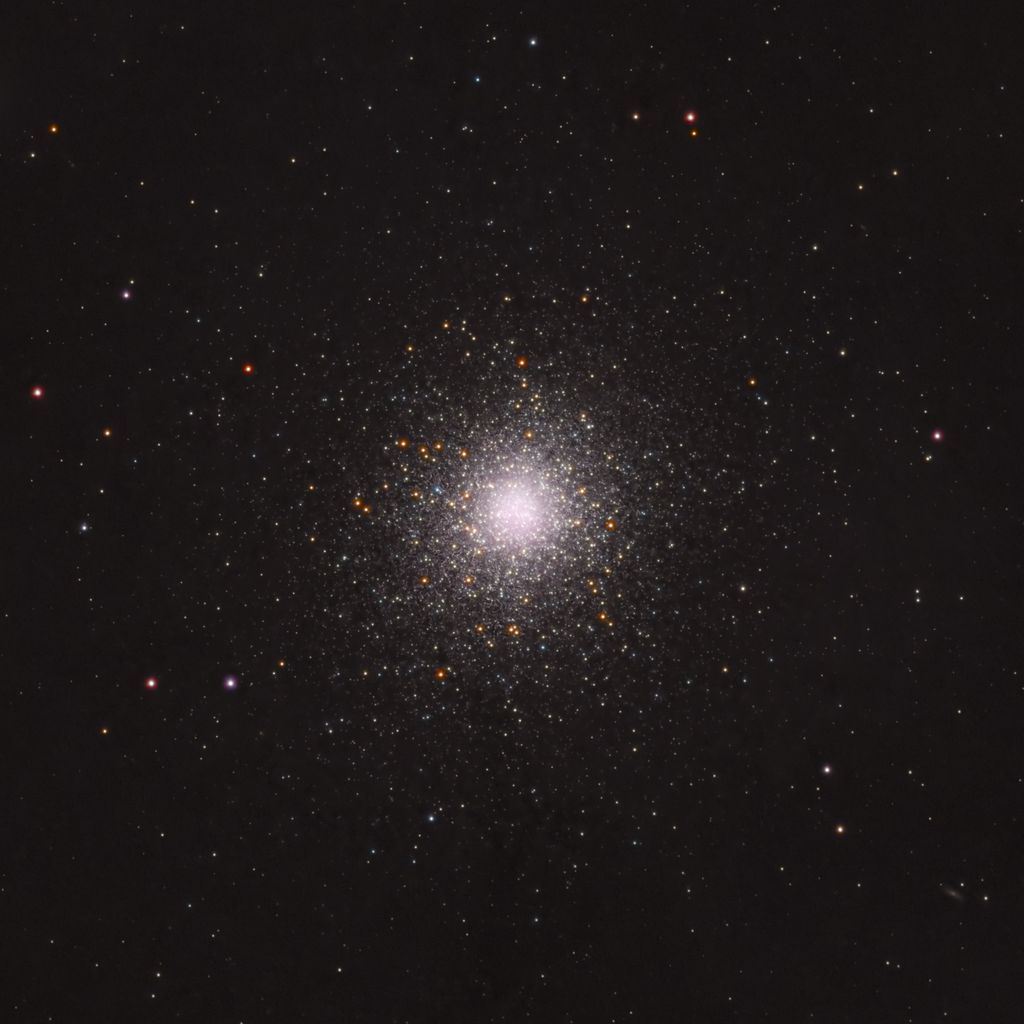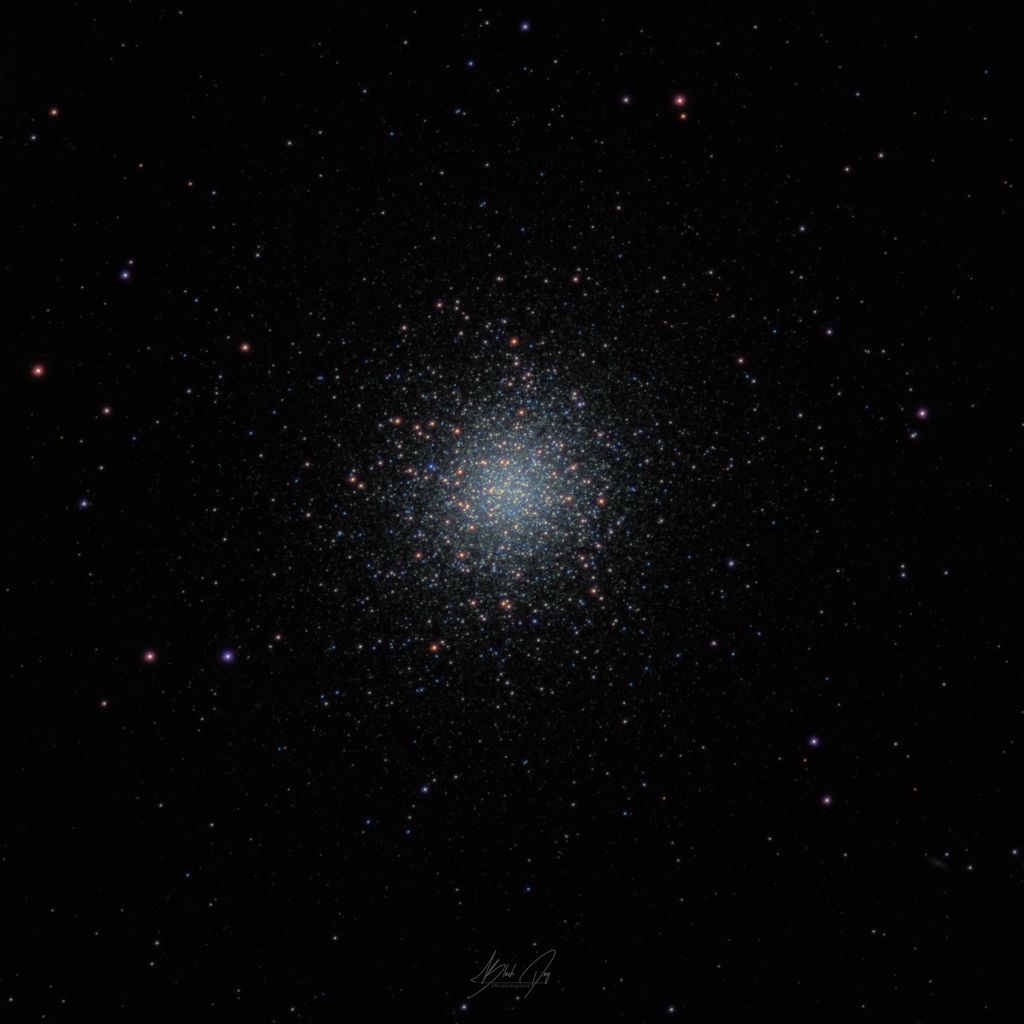Chase Davidson:
This workflow produces ok star images but I’m looking for perfection. My red stars come out as white stars with red halos.

If you want to prevent the white core problem, then you need to make sure you are not only not clipping any stars once you stretch....you also need to make sure that the stars are well enough below the saturation point, that they can maintain a color other than white or nearly white. If your image is only stars, this gets easier. As you get into objects, starting even with a glob, although a glob is a good way to practice, this can get tougher.
A simple histogram stretch is probably going to be the most challenging here. Its pretty easy to saturate and clip stars with a simple stretch. There are other algorithms that can help, that will preserve color traits in the brightest signals, while sufficiently boosting the fainter signals. An arcsinh stretch is one example.
Perfect stretching with stars is probably a long shot...you are having to compress a rather immense dynamic range into a much smaller space. So something has to give somewhere. It may be at the upper end (star cores going white), it may be at the lower end (faint details unrevealed), or it might be in the middle, where you can potentially end up with funky brightness transitions and such.
You might have to pick and choose what matters most. In a glob image, I would say, focus on the high end and midtones, and try to maximize quality there. If you stretch the fainter details too much, then that is going to brighten the halos. In fact, you might even decide to just sacrifice the low end, clip the blacks a bit, which might help control some of the halos.
EDIT:
I just looked at the full size zoomed in. It appears that you may have some other image processing that has affected the nature of the stars in the midtones and darker. I would recommend backing off your processing...DON'T do any noise reduction or anything like that, just remove any gradients. Then try to stretch to maximize star quality. You can bring up the black point a bit, even clip the darkest signals a bit, to hide the noise in the background, instead of using a noise reduction algorithm. I think if you do this, it should keep the stars separated (the core stars look a bit wormy right now, and seem connected to each other.) You can then focus on how to maximize your star quality. Once you have star quality figured out, you can then see about bringing up the fainter details, maybe just enough to reveal that little galaxy in the lower right.




